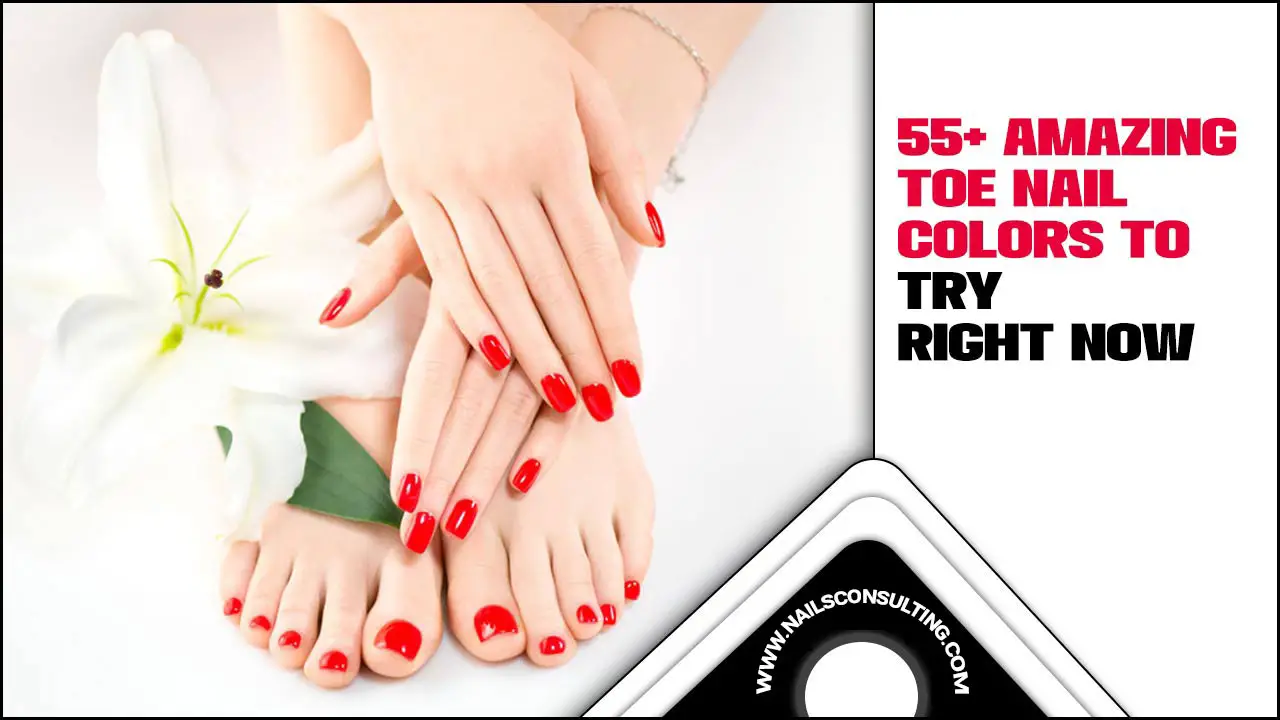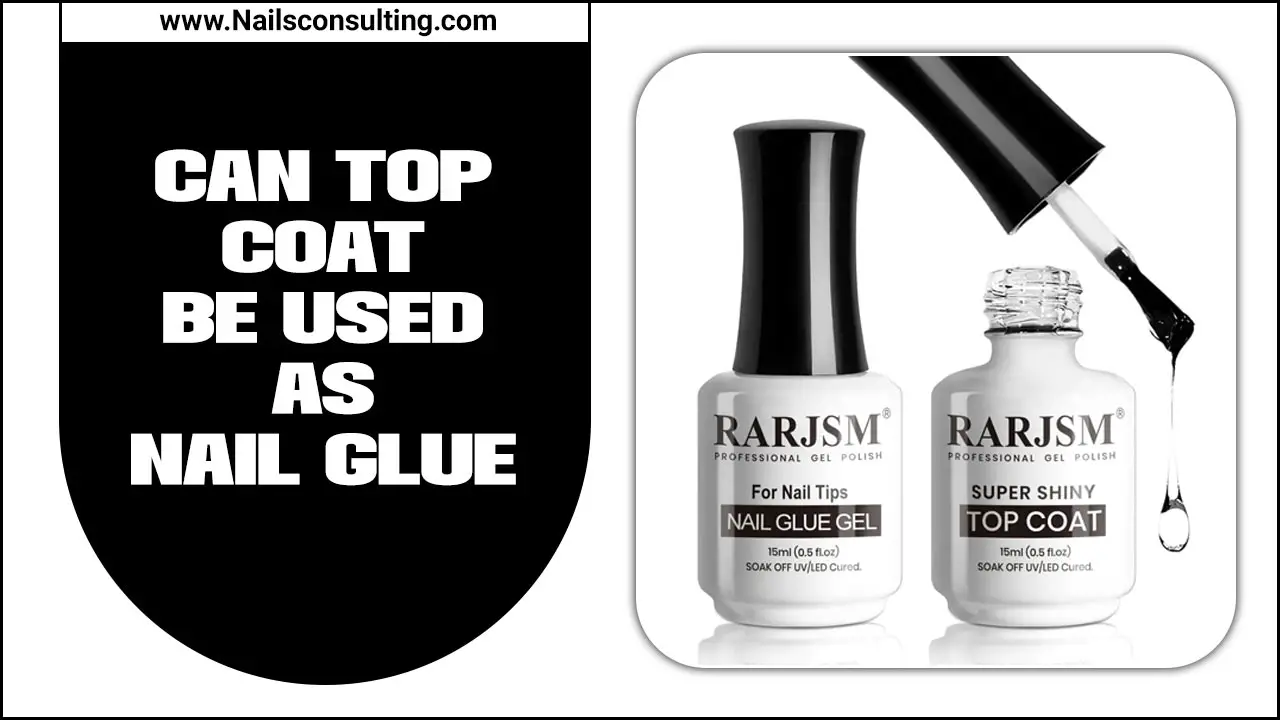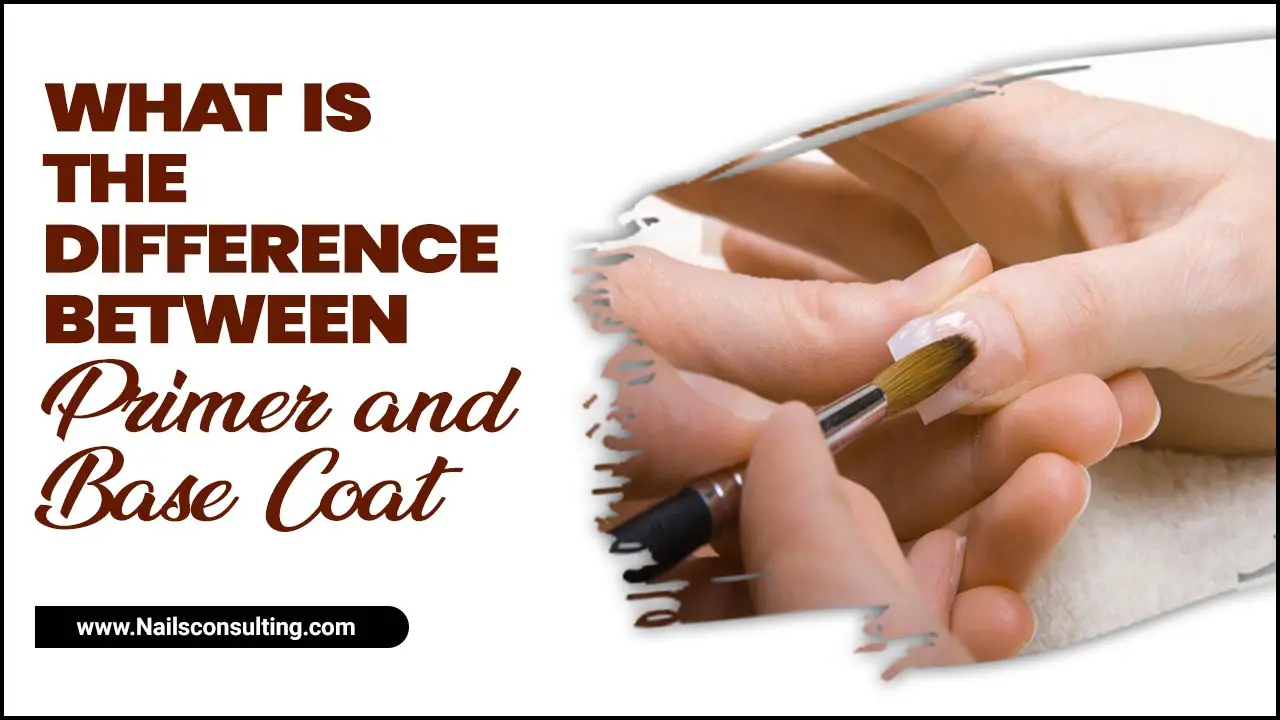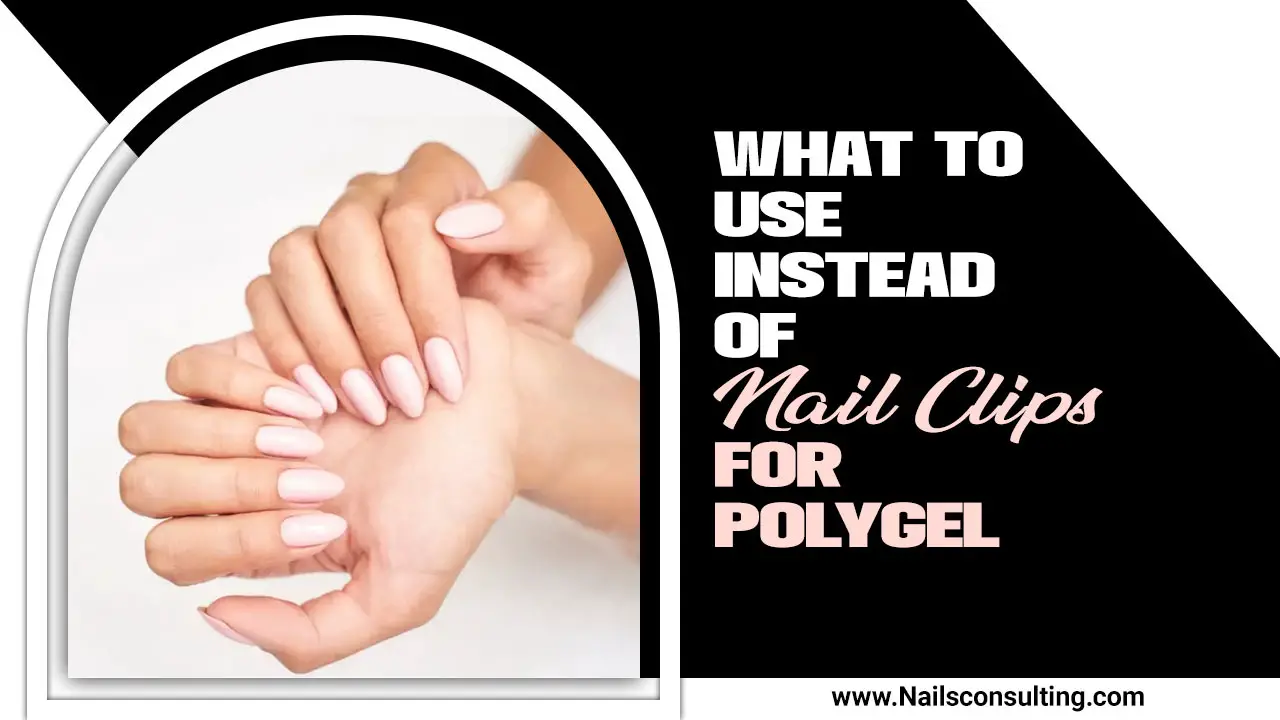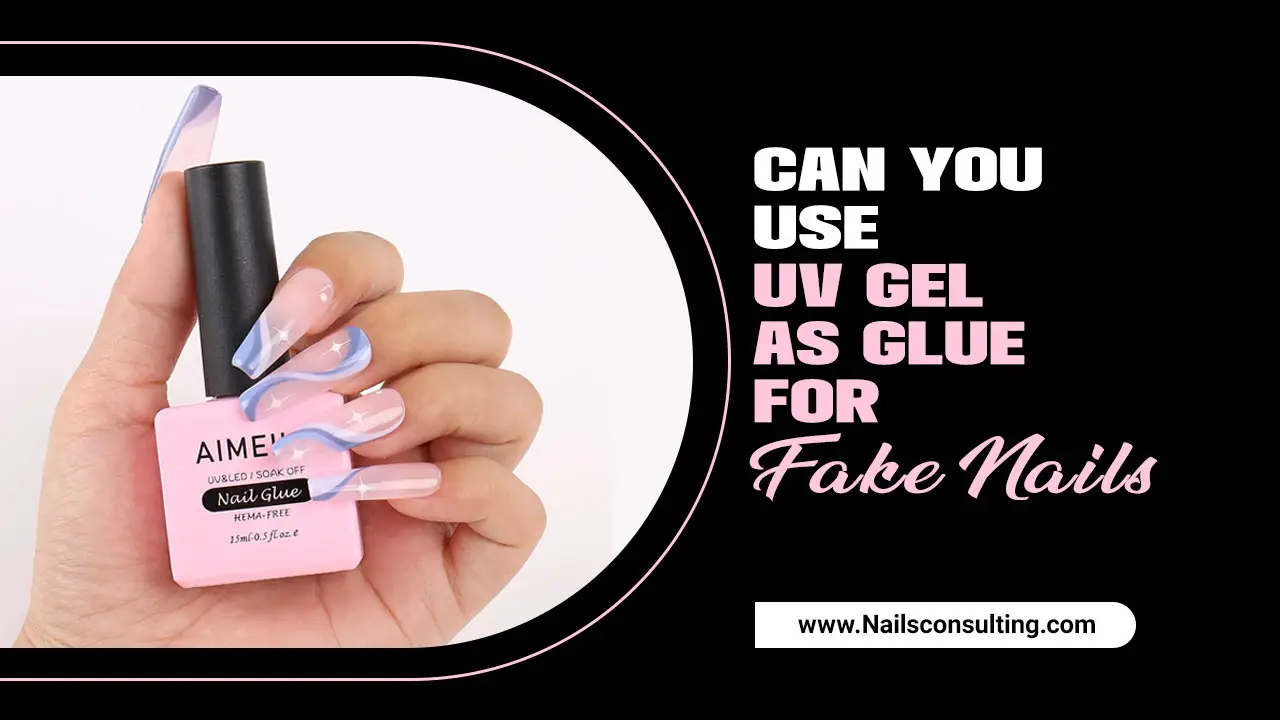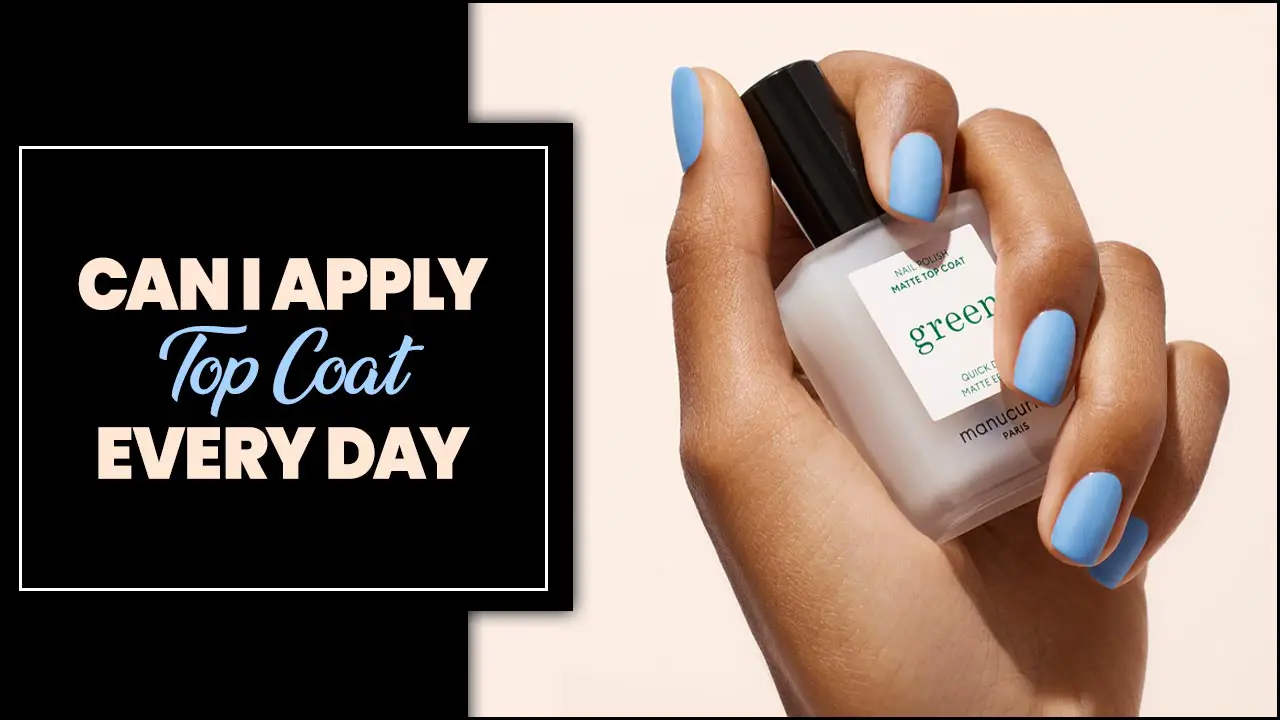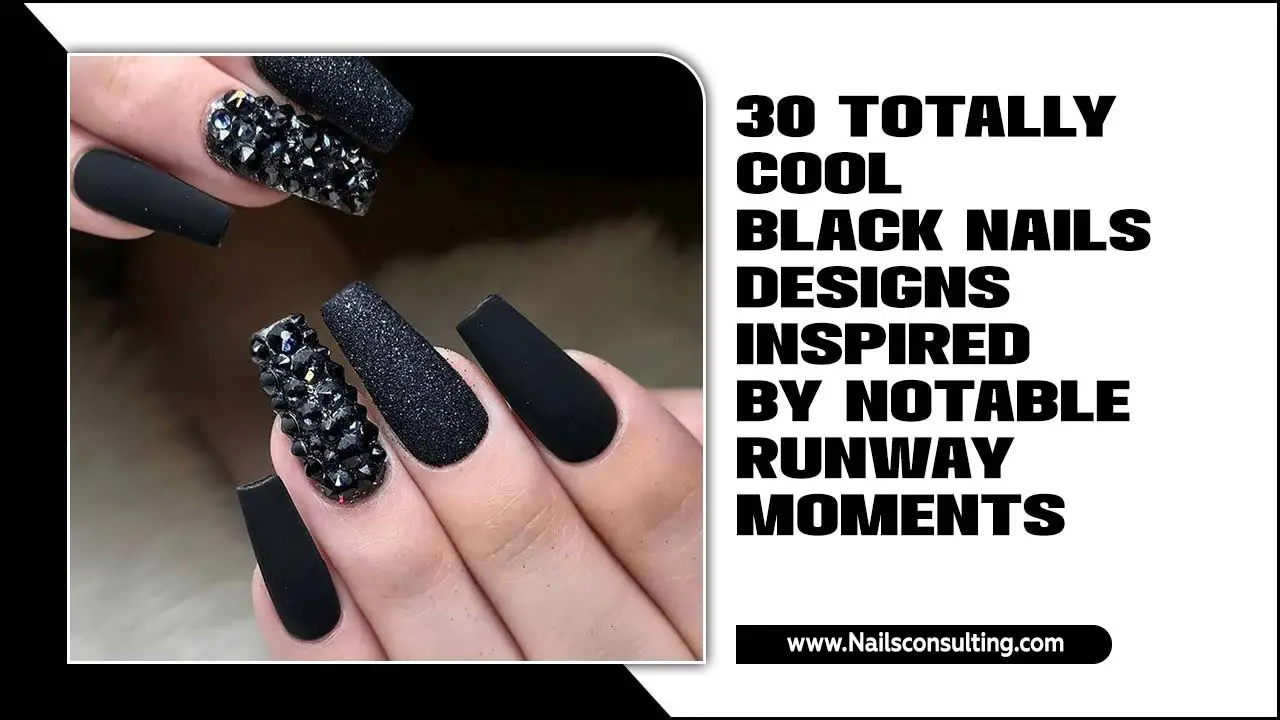Allergic reactions to gel nail polish have become increasingly common in recent years as this popular trend continues to gain popularity. While gel nail polish offers many benefits, such as long-lasting wear and a glossy finish, it can also cause adverse reactions in some individuals.
These reactions can range from minor irritation to severe allergic reactions that require medical attention. As a result, it is crucial for individuals who regularly use gel nail polish to be aware of the signs and symptoms of an allergic reaction and how to treat an allergic reaction to gel nail polish.
Here, we will discuss the causes and symptoms of allergic reactions to gel nail polish and the steps you can take to treat and prevent future reactions effectively. With proper knowledge and proactive measures, you can continue enjoying gel nails’ beauty without the fear of experiencing an allergic reaction.
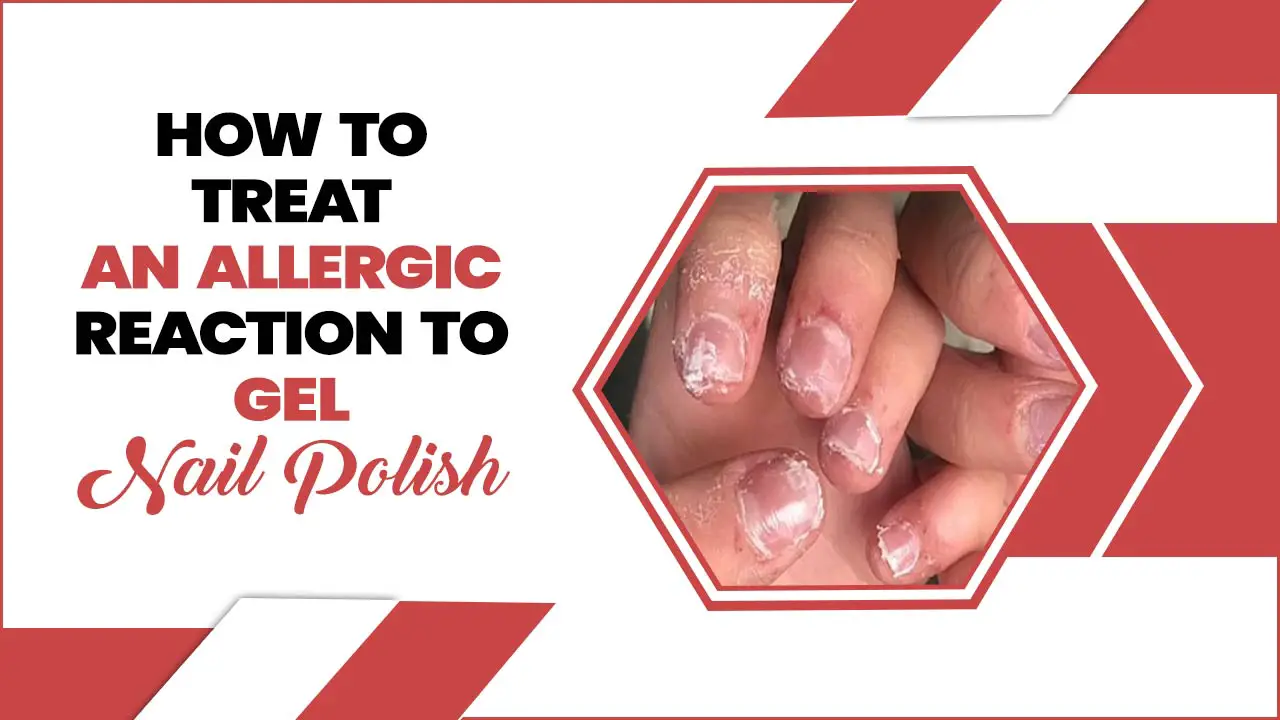
How To Treat An Allergic Reaction To Gel Nail Polish – 8 Easy Steps
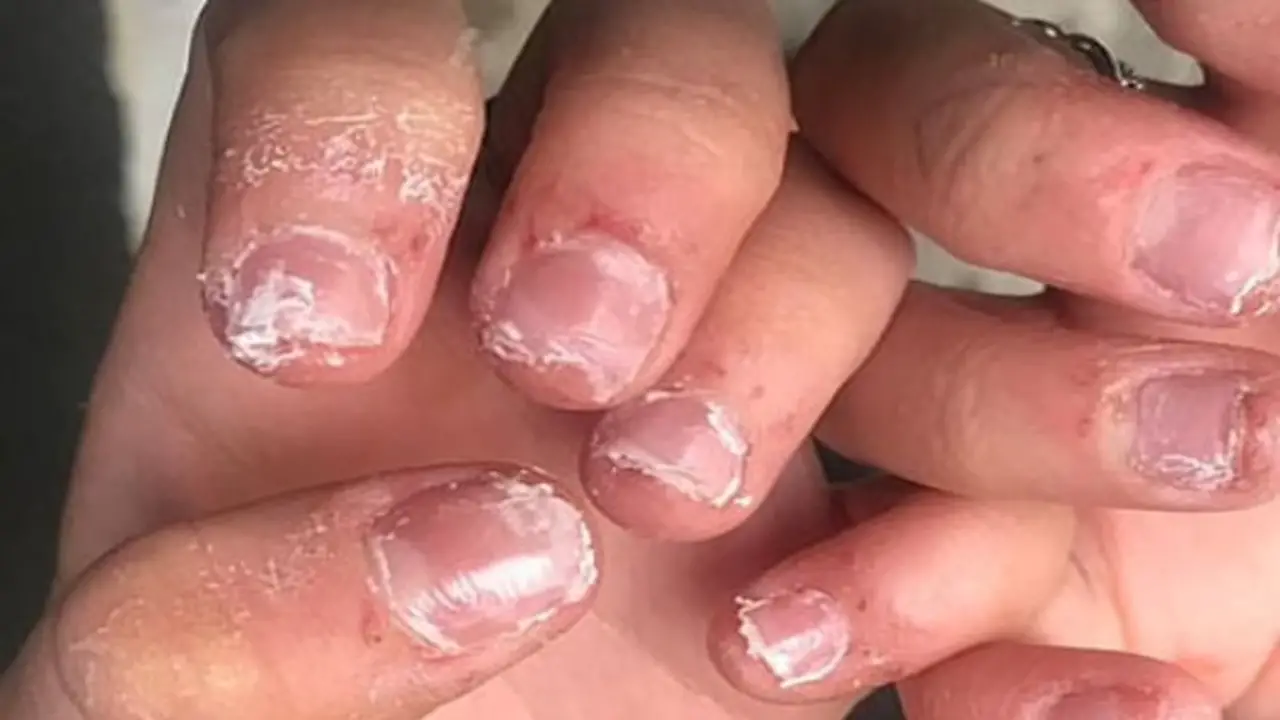
Gel nail polish has become increasingly popular due to its long-lasting and chip-resistant properties. However, it is important to be aware that certain individuals may experience allergic reactions to the components present in these products. An allergic reaction to gel nail polish can manifest in various ways, including redness, itching, swelling, and even blisters on the skin surrounding the nails.
If you suspect you are experiencing an allergic reaction, taking immediate action to alleviate the symptoms and prevent further complications is crucial. Here are 8 easy steps on how to treat an allergic reaction to gel nail polish:
1. Remove The Gel Nail Polish
Remove the gel nail polish immediately if you notice any signs of an allergic reaction. Use a non-acetone nail polish remover to wipe off the polish from your nails gently. Be sure to wash your hands thoroughly with mild soap and water to remove any residue.
Applying a cool compress or ice pack to the affected area can help reduce swelling and soothe discomfort. If you experience itching or skin irritation, apply a hydrocortisone cream or anti-itch lotion to alleviate the symptoms. Keeping the affected area clean and dry is important to prevent further irritation or infection. If the reaction persists or worsens, seeking medical attention from a dermatologist or allergist is recommended.
They can provide further guidance and prescribe antihistamines or topical corticosteroids to help alleviate the allergic reaction. Always perform a patch test before using any new nail polish or products to avoid future allergic reactions.
2. Wash The Affected Area
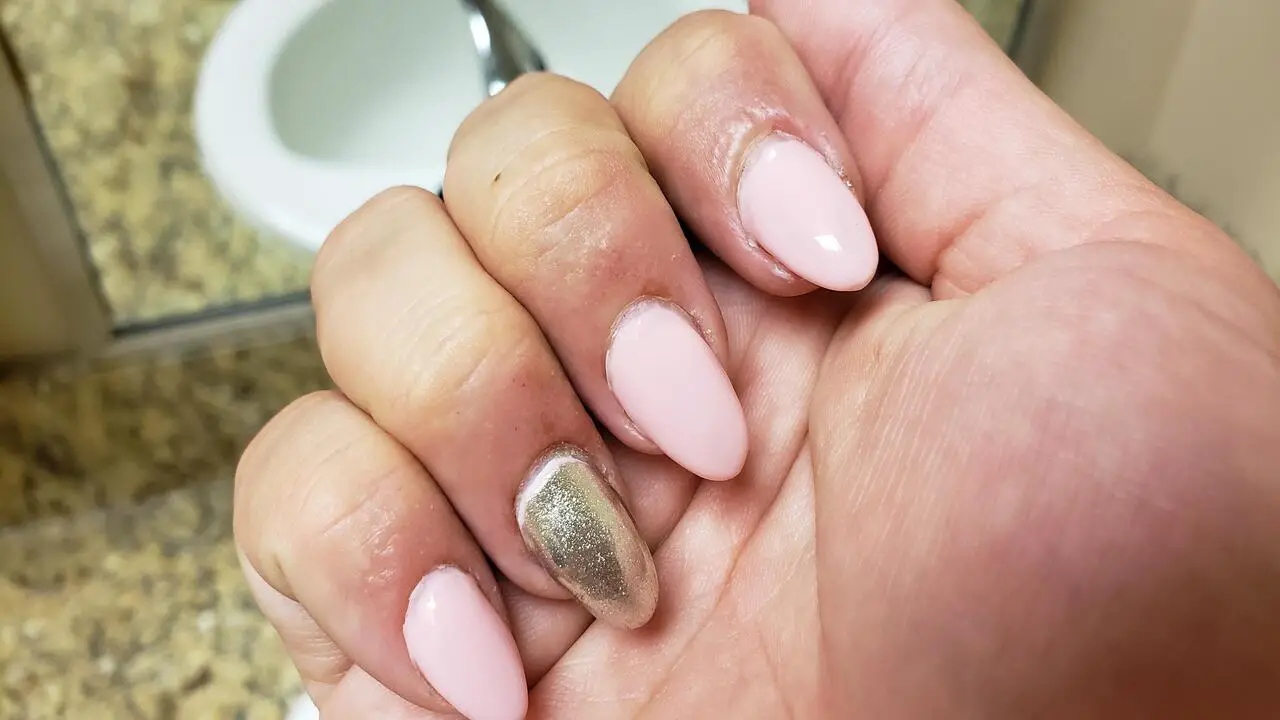
Thoroughly wash the affected area with mild soap and warm water. This will help remove any remaining residue and reduce further irritation. After washing, gently pat the area dry with a clean towel. Avoid rubbing or scratching the affected area, which can exacerbate the allergic reaction.
If there are any signs of swelling or inflammation, apply a cold compress or ice pack wrapped in a thin cloth to help reduce the discomfort. If the allergic reaction persists or worsens, it is important to seek medical attention immediately.
To alleviate the symptoms, a healthcare professional can provide appropriate treatment options, such as corticosteroid creams or oral antihistamines. Sometimes, they may recommend discontinuing gel nail polish or opting for hypoallergenic alternatives. Always patch-test new products before applying them to your nails to prevent future allergic reactions.
3. Apply A Cold Compress
To reduce swelling and soothe the skin, apply a cold compress or ice pack wrapped in a clean cloth to the affected area. Leave it on for about 10-15 minutes. This will help to alleviate any discomfort and reduce inflammation. Additionally, an over-the-counter antihistamine such as Benadryl can relieve itching and redness. It is important to follow the dosage instructions carefully and consult a doctor before taking any medication, especially if you have any pre-existing medical conditions.
If the reaction persists or worsens, seeking medical attention as soon as possible is advisable. A doctor may prescribe a topical corticosteroid cream or ointment in severe cases to help alleviate symptoms and promote healing. Remember always to remove the gel nail polish and avoid using any nail products that may contain the allergen to prevent future allergic reactions.
4. Take An Antihistamine

Consider taking an over-the-counter antihistamine medication if you’re experiencing itching or hives. Follow the dosage instructions on the packaging or consult with a pharmacist. Additionally, you may want to apply a cold compress to the affected area to help reduce any swelling or inflammation. This can provide temporary relief and help soothe the skin. It is important to avoid scratching or picking at the reaction, as this can further irritate the skin and potentially lead to infection.
If the allergic reaction persists or worsens, seeking medical attention from a healthcare professional is crucial. They can provide further guidance and prescribe topical creams or ointments to alleviate the symptoms. In some cases, they may recommend removing the gel nail polish and avoiding it in the future to prevent any future allergic reactions. Overall, listening to your body and taking the necessary steps to treat and manage any allergic reactions to gel nail polish is important.
5. Use Hydrocortisone Cream
Apply a thin layer of over-the-counter hydrocortisone cream to the affected area. This can help alleviate redness, itching, and inflammation. If the reaction persists or worsens, seeking medical attention from a dermatologist or healthcare professional is advisable.
They can provide further guidance and prescribe stronger topical creams or oral medications to address the allergic reaction. In the meantime, avoiding any further contact with gel nail polish or other products that may contain similar allergens is crucial. Additionally, it is essential to keep the affected area clean and dry to prevent any potential secondary infections.
6. Keep The Area Clean And Dry
Keeping the affected area clean and dry is important to prevent further irritation or infection. Avoid applying any new nail products until the reaction has completely resolved. If the allergic reaction is causing severe discomfort or if the symptoms persist for more than a few days, it is recommended to seek medical attention. A healthcare professional may prescribe corticosteroid creams or oral medications to help reduce inflammation and relieve symptoms.
In some cases, they may also recommend antihistamines to alleviate itching. Following the doctor’s advice and completing the full course of any prescribed medication is crucial. Additionally, informing the nail technician or salon about the allergic reaction to gel nail polish is essential to prevent future exposure and potential allergic reactions. Finally, consider opting for alternative nail products that are hypoallergenic or free of the specific ingredients that triggered the reaction. Prioritizing nail health and safety is crucial in preventing future allergic reactions to gel nail polish.
7. Avoid Scratching
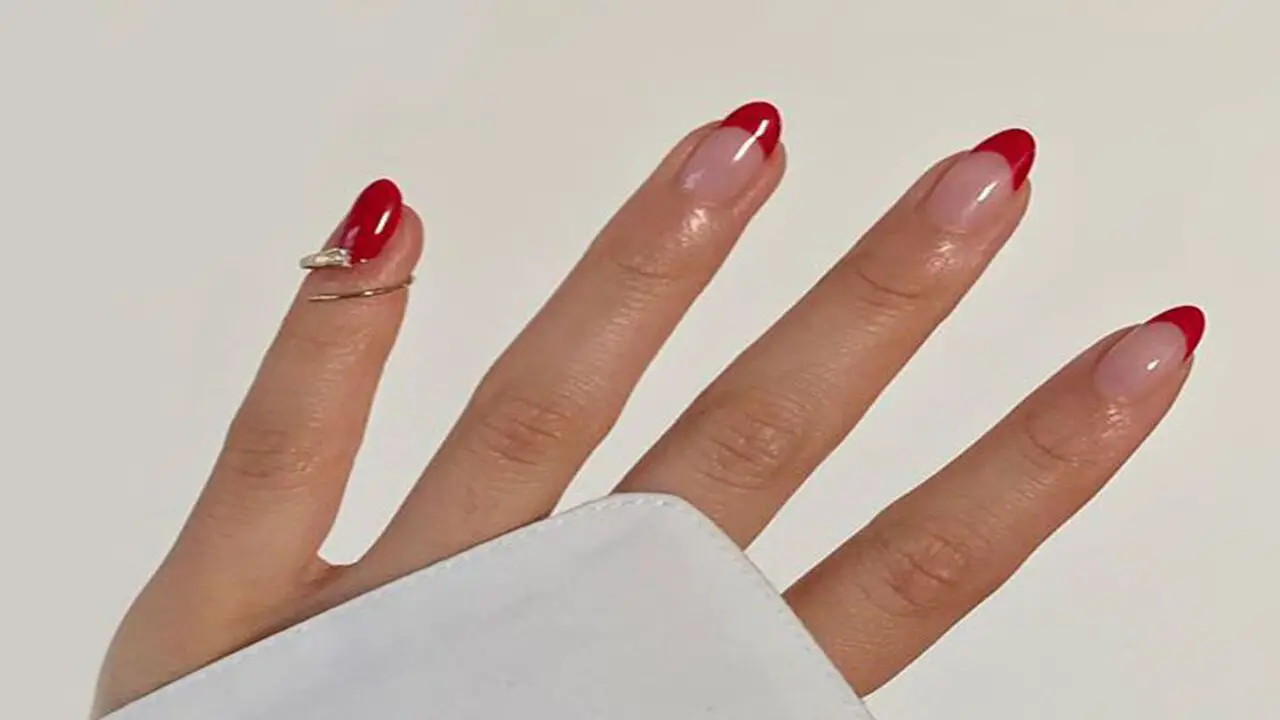
Resist the urge to scratch the affected area, which can worsen the symptoms and potentially lead to skin damage or infection. Instead, gently cleanse the area with mild soap and water to remove residual gel polish. Pat dry with a clean towel or let it air dry. A cold compress or ice pack wrapped in a thin cloth can help reduce inflammation and soothe any itching or discomfort. If the reaction is localized to a specific area, you can apply a hydrocortisone cream or aloe vera gel to help alleviate the symptoms.
However, if the reaction is severe or persists for more than a few days, it is important to seek medical attention from a dermatologist or allergist. They can assess the severity of the reaction and provide appropriate treatment, which may include antihistamines or prescription-strength topical ointments. In the future, it’s advisable to perform a patch test on a small skin area before fully applying any new nail polish or gel products. This will help identify potential allergies or sensitivities and prevent future allergic reactions.
8. Consult A Dermatologist
if you suspect that you are experiencing an allergic reaction to gel nail polish. A dermatologist specializes in treating skin conditions and can provide the most accurate diagnosis and treatment options for your specific reaction. They have the knowledge and expertise to identify the allergen causing the reaction and can guide you in effectively managing and alleviating the symptoms. It is important to seek professional help to ensure appropriate care, as self-diagnosis and treatment may worsen the condition or lead to further complications.
Avoiding Triggers And Preventing Future Reactions
In addition to treating an allergic reaction to gel nail polish, avoiding triggers and preventing future reactions is crucial. Identifying the specific ingredient(s) that caused the allergic reaction is essential. This can be done by consulting a dermatologist or allergist who can perform patch testing.
Once the allergen(s) are identified, it is important to read the labels of any gel nail polish products carefully and avoid using those that contain the allergen(s). Additionally, consider opting for gel nail polishes labeled as hypoallergenic or free from common allergens. When visiting a nail salon, inform the technicians about your allergy, so they can ensure that they use products that are safe for you. These preventative measures can significantly reduce the risk of experiencing future allergic reactions to gel nail polish.
Alternative Nail Polish Options For Allergy-Prone Individuals
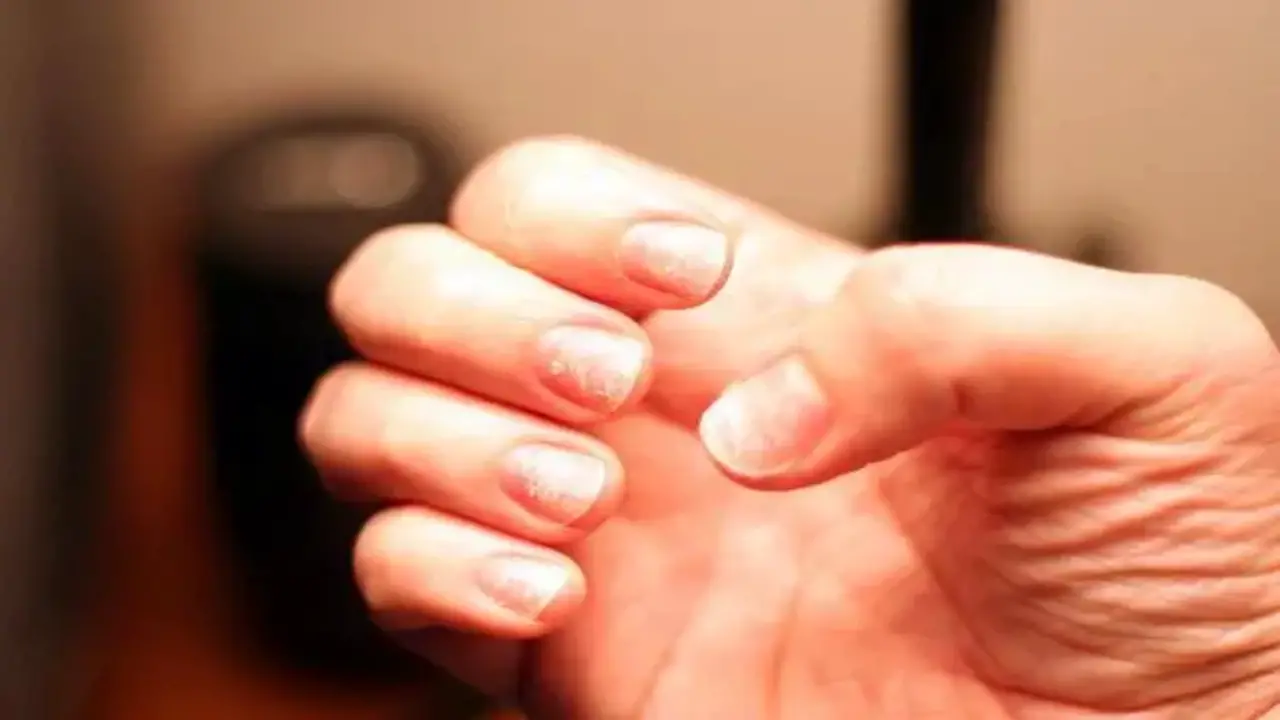
As the demand for nail polish continues to rise, it is important to address the needs of individuals prone to allergies and sensitivities. For those who have experienced adverse reactions to traditional nail polish formulas, alternative options are available that prioritize both style and health. Alternative nail polish options for allergy-prone individuals include:
- Water-Based Nail Polish: Water-based formulas are typically free from harsh chemicals and allergens commonly found in traditional nail polish. They are a great option for individuals with sensitive skin or allergies.
- Breathable Nail Polish: Breathable nail polishes allow air and moisture to pass through the polish, reducing the risk of allergic reactions. These polishes are often made with a unique formula that is more gentle on the nails and skin.
- Hypoallergenic Nail Polish: Look for nail polishes specifically labeled hypoallergenic, formulated to minimize the risk of allergic reactions. These polishes are usually free from common allergens such as formaldehyde, toluene, and dibutyl phthalate (DBP).
- Vegan Nail Polish: Vegan nail polishes are free from animal-derived ingredients and are often formulated without harsh chemicals. They are a good option for individuals with allergies, as they tend to have fewer irritants.
- Non-Toxic Nail Polish: Opt for non-toxic nail polish brands that prioritize using safer ingredients and avoid common allergens. These polishes are typically free from harmful chemicals like formaldehyde resin, camphor, and ethyl tosylamide.
Communicating With Nail Technicians About Your Allergy
Communicating with nail technicians about your allergy to gel nail polish is important to ensure your safety and avoid any adverse reactions. Here are some tips on how to effectively communicate this information:
- Be Upfront: When making an appointment or arriving at the salon, inform the nail technician about your allergy to gel nail polish. Clearly state that you cannot apply gel polish to your nails due to an allergic reaction.
- Describe Your Allergy Symptoms: Explain the symptoms you experience when exposed to gel nail polish, such as itching, redness, swelling, or a rash. This will help the nail technician understand the severity of your allergy.
- Ask About Alternative Options: Inquire about alternative nail polish options that do not contain gel. Regular nail polish or water-based formulas might be suitable alternatives for you. Discuss these options with the nail technician and see if they are available.
- Request A Patch Test: If you are unsure whether you are allergic to a specific brand or product, ask the nail technician if they can perform a patch test. This involves applying a small amount of gel polish on a small area of your skin to check for any allergic reactions before applying it to your nails.
- Bring Your Own Nail Polish: If you have a preferred brand or nail polish you know you are not allergic to, consider bringing it to the salon. This way, you can ensure that the product used on your nails is safe.
Tips For Maintaining Healthy Nails After An Allergic Reaction
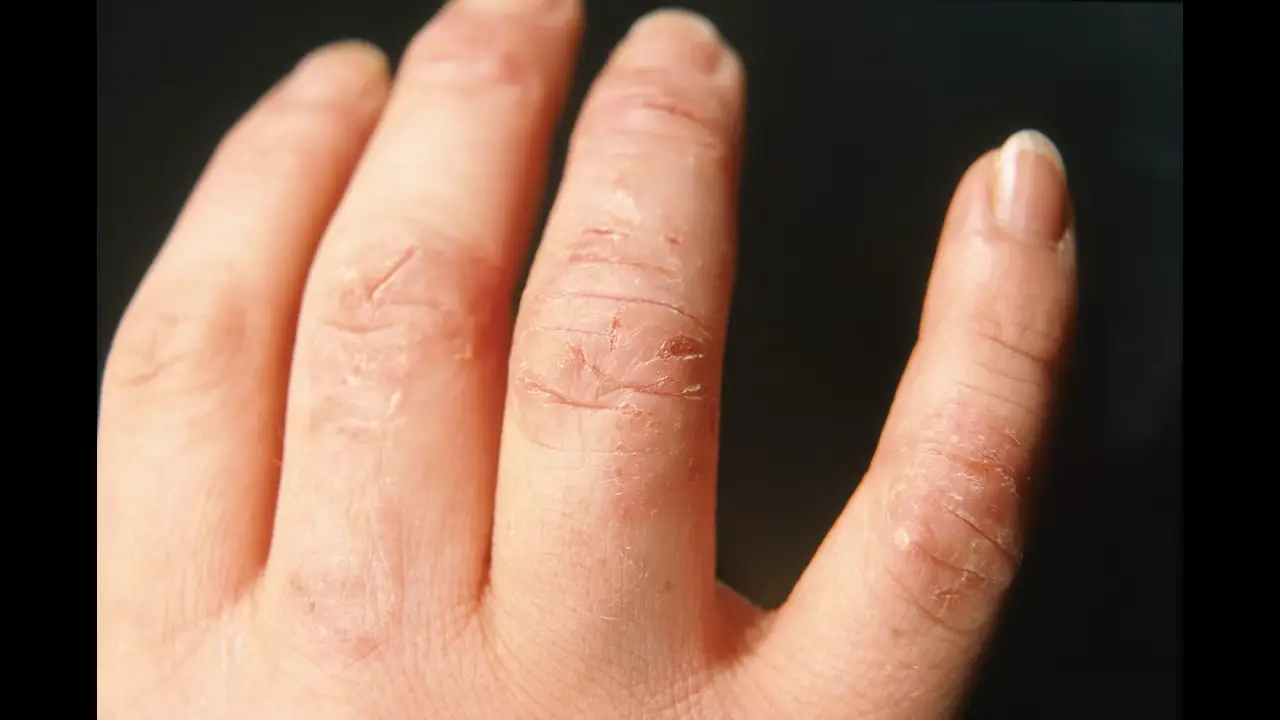
Maintaining healthy nails after experiencing an allergic reaction is paramount to prevent further complications and promote overall well-being. An allergic reaction can not only cause discomfort and unsightly symptoms, but it can also weaken the nails, making them prone to breakage and infections. Therefore, taking proactive measures to nurture and protect the nails is crucial. Here are some tips for maintaining healthy nails after an allergic reaction to gel nail polish:
- Give Your Nails A Break: After experiencing an allergic reaction, letting your nails breathe and recover is important. Avoid applying nail polish or artificial enhancements for a period to allow them to heal.
- Moisturize Regularly: To keep your nails healthy and hydrated, moisturize them regularly. Use nourishing cuticle oil or cream to keep the nail beds and surrounding skin soft and supple.
- Trim And Shape Nails Properly: Keep your nails trimmed and shaped to prevent any potential damage or breakage. Use a gentle nail file or buffer to smooth out any rough edges.
- Choose Nail Products Wisely: If you use nail polish again after the allergic reaction, choose formulas free from harmful chemicals like formaldehyde, toluene, and DBP. Look for nail polishes labeled as “3-free” or “5-free.”
- Protect Your Nails: When engaging in activities that may expose your nails to water, harsh chemicals, or excessive moisture, consider wearing gloves to protect them. This will help prevent any further irritation or damage.
- Maintain A Healthy Diet: A balanced diet rich in vitamins and minerals is essential for overall nail health. Include foods high in biotin, vitamins A and C, and omega-3 fatty acids, as they promote strong and healthy nails.
Conclusion
While gel nail polish can be a convenient and long-lasting option for manicures, it’s important to be aware of the potential for allergic reactions. If you experience any symptoms, such as redness, itching, swelling, or a rash after applying gel nail polish, it is essential to treat the allergic reaction immediately.
The first step is gently removing the gel polish from your nails using acetone-free nail polish remover. This will help minimize further exposure to the allergens. After removing the gel polish, wash your hands thoroughly with mild soap and lukewarm water to remove any residue.
Avoid using hot water as it can further irritate your skin. By following the tips on how to treat an allergic reaction to gel nail polish, you can effectively treat and prevent future reactions. Always patch-test new products and consult a medical professional if you experience severe or persistent symptoms. Your health and well-being should always come first.
FAQ
1.What Are The Common Symptoms Of An Allergic Reaction To Gel Nail Polish?
Ans: Common symptoms of an allergic reaction to gel nail polish include redness, itching, swelling, and a rash around the nails and fingertips. Some individuals may also experience blisters, dryness, or peeling of the skin. More severe cases, there may be pain, inflammation, or a burning sensation. It is important to seek medical attention if these symptoms occur or worsen, as a healthcare professional can provide proper diagnosis and treatment options.
2.How Do You Treat An Allergic Reaction To Gel Nails?
Ans: To treat an allergic reaction to gel nails, it is important to remove the gel nails immediately. Soaking the affected nails in warm soapy water can help soften the gel and make removing it easier. Avoid using any harsh chemicals or tools that could further irritate the skin. Apply a cold compress to reduce swelling and itching.
3.Will A Gel Polish Allergy Go Away?
Ans: Yes, a gel polish allergy can go away over time, but it depends on the individual and the severity of the allergy. Some people may experience temporary allergic reactions to gel polish, which can resolve independently or with the help of antihistamines or topical corticosteroids.
However, the allergy may persist for others and require avoiding gel polish or switching to hypoallergenic alternatives. It is important to consult with a dermatologist for proper diagnosis and guidance on managing gel polish allergies.
4.Why Am I Allergic To Gel Nail Polish All Of A Sudden?
Ans: Allergies can develop suddenly, even if you have previously used a product without any issues. You may have developed a sensitivity or allergy to one or more of the ingredients in the gel nail polish. Some common allergens in nail products include methacrylates, formaldehyde, and toluene.
5.What Does A Gel Nail Allergy Look Like?
Ans: A gel nail allergy can present symptoms such as redness, swelling, itching, and rash on or around the nails. In some cases, it may also cause blisters or skin peeling. Gel nail allergies can occur due to an allergic reaction to the chemicals in the gel polish or the UV light used to cure it. It is important to seek medical advice if you suspect a gel nail allergy to determine the best course of treatment and prevent further complications.

